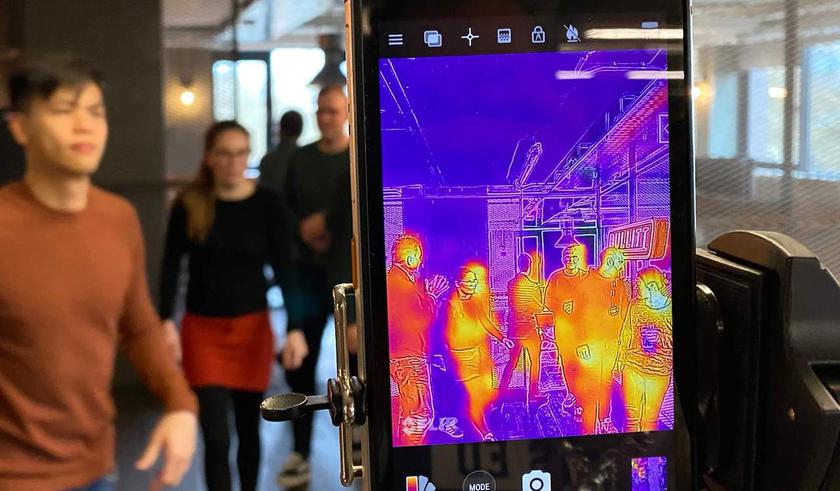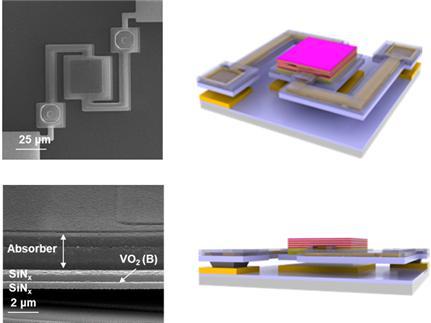
Smartphone cameras have been the subject of incredible innovations that have improved the performance of almost everyone.
Technology can significantly expandfield of application of camera sensors for smartphones. A group of scientists from the Korea Institute of Science and Technology (KIST) is hard at work on a system that will allow the modules to control the thermal activity of the human body. This feature is especially relevant in the context of the COVID-19 pandemic.
If smartphones can measure body temperature andother objects, this promises many additional possibilities and applications. It is most logical to check the temperature at various public facilities and checkpoints in buildings and public facilities.
The creation of a thermal sensor for smartphones will eliminate the need for additional equipment for this purpose.

The new KIST project was implemented jointly withspecialists from Opto-Electronic Material and Devices and consists in developing a unique sensor. Functionality – not the only advantage, since the module is quite cheap to manufacture and can operate at temperatures up to 100 degrees Celsius.
This is important because it removes the need foradditional cooling components. Scientists believe the module is more affordable than standard sensors, but it is also easy to integrate into even the smallest gadgets. However, smartphones and autonomous cars are a priority.
Removing the cooling component – the mosta big advantage of a sensor that uses vanadium dioxide. Thermal signals are detected with three times greater sensitivity and are converted into electrical impulses faster. The speed is three times faster than conventional sensors of this type in industry.
The absence of a cooling component will reduce the price by at least 10-20%, which will lead to a reduction in the size of the modules.
Source: newswise
</ p>